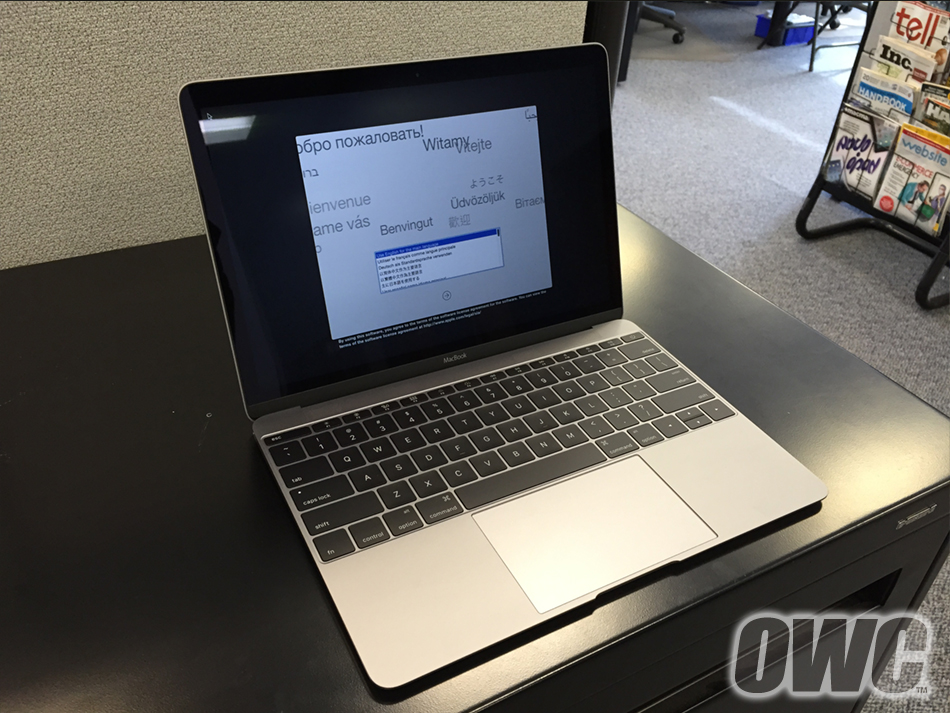- Photo Slideshow Macbook Pro
- Slideshows On Mac
- Best Mac Photo Slideshow Software
- Photo Slideshow Pro For Mac

Make gorgeous slideshows on your Mac or iPad using your photos & videos. Add music, text and use stunning effects to make great transitions from frame to frame. To improve your story telling abilities, use the builtin storylines to arrange your photos and tell your story in pictures. Present your slideshow online, offline or with your iPad.
If you want to preserve and cherish precious moments from your wedding, birthday celebration, Christmas party and other pastime activities, you need to have a program that can transform your pictures into a fantastic slideshow. Microsoft PowerPoint software lets you make slideshows from photos and access them anytime you want to reminisce on your special moments.
The program comes with an inbuilt slideshow creator known as 'photo album.' It can save you a lot of time and effort when you decide to make PowerPoint photo slideshows since you don’t have to insert pictures into individual slides. In this article, we show you how to create PowerPoint picture slideshows in no time, as well as how to use the best photo slideshow maker.

- In the Photos app on your Mac, select the photos you want in your slide show.
- DVD Slideshow Maker Pro for Mac.
Part 1: The Best Tool to Create Picture Slideshow
iSkysoft Slideshow Maker for Mac is a perfect slideshow maker that can help you transform not only pictures but also videos and audio recordings into an excellent, mind blowing, slideshow with music. The Hollywood-like slideshows can then be easily shared on Mac, YouTube, Facebook, TV and Apple devices.
The program offers limitless options for creating customized slideshows. You’ll be able to utilize different types of clipart, add texts to pictures, adjust brightness, crop photos, add intro & credit, use filter & effect function, play an intro in your videos and audios, etc. You’ll also have the freedom to use colorful & rich templates to make your slideshow look awesome.
Key features:
- Slideshows can be saved as HD (up to 1080p), which makes them more detailed, life-like and impactful.
- The built-in trimmer feature allows you to stitch audio files according to your preference.
- Pictures can be rotated from any angle up to 360 degrees viewing angle.
- Motion feature enables you to add titles to videos and edit them as per your desires.
- The software lets you repair red-eyes on your photos with ease.
Step-By-Step Guide on How to Create Picture Slideshow With iSkysoft Slideshow Maker for Mac
Step 1 Launch the Software
Go to https://www.iskysoft.com/slideshow-maker/ and download the program. Drag the set-up file to “Applications” to install the software on your Mac. Once the installation is process is completed, run the program by double-clicking its icon. You’ll then see the main interface which looks like the image below
Step 2Import photos
The program uses an excellent “Media Browser” that can be turned on or off by clicking its icon. It allows you to import media files to your project with ease. After adding media files to the storyboard, arrange them by dragging and dropping specific slides. If you would like to remove a media file, just drag it out of the program, and it will be deleted.
Step 3Change Styles
When videos/photos are imported to the project, random themes/styles are automatically applied. These can either be kept or changed at any time. If you would like change the existing style, mouse over a style and select the setting icon that appears. You can then add a new style to your photo/video slide by dragging and dropping a desired style in order to replace the existing one.
Step 4Edit Pictures
Simply right click a picture to access the edition dialogue or click the “Edit” button after selecting an item for similar options. The photo editing window has three panels, “Caption,” “Crop,” and “Filter.”
i. Add Captions: Select a caption template and note that you can preview it even before you start editing the texts. The caption you added on your screen will then turn to animated immediately. Enter the editing mode by clicking the texts.
ii. Crop Photos: Select your desired aspect ratio and then adjust it on the preview window. Click “Apply” to confirm the adjusted ratio, or go back to the main window by selecting the “Return” option.
iii. Apply Effects: Choose from over 15 filter effects and enhance your pictures instantly.
Step 5Add Music to Picture Slideshow
When you add music, several buttons will appear on the audio bar. Click the “Play” button to preview your music or select the scissors to cut your desired portion. You can also add voiceovers to the picture slideshow by clicking the “Voiceover” button located under the preview window.
Step 6Preview the Share Your Picture Slideshow
Check the photo slideshow from start to end, and if it makes you happy, go to the “Share” menu located at the top of the program interface, then select how you want to share it with others. Alternatively, you can click the “Share” button located on the middle left-hand side to access the “share options.”
You are free to upload your picture slideshow to YouTube and Facebook, export to iTunes library for easy management, watch the slideshow on iPhone, iPod, Apple TV or iPad or burn it to DVD with the help of the built-in DVD burning tool, iDVD or DVD Creator for Mac.
Part 2: How to Create Picture Slideshow in PowerPoint for Windows
Step 1
Photo Slideshow Macbook Pro
Open Microsoft PowerPoint, select the “Insert” button and then choose “Photo Album.” Open the Photo Album settings menu by clicking the “New Photo Album” from the drop down options.
Step 2
In the new window, select the “File/Disk” button located just above the “Insert Text” option. Windows Explorer will be opened, enabling you to navigate to the specific folder from where you can choose the pictures to use in the slideshow. You can choose multiple images simultaneously by holding the “Ctrl” key as you select them with your mouse.
Step 3
After selecting all photos, they will be listed in the “Pictures in album” box. You are free to rearrange them, adjust their brightness or contrast values, rotate and preview them.
Step 4
The options at the bottom of the window, under the “Album Layout” lets you choose the total number of photos to have on each slide as well as select a frame/border to decorate each of them. You can also select a theme for your picture slideshow from here, but you can’t preview the results.
Step 5
The “Picture Options” lets you set all your photos to black and white, and then insert a caption below them. Note that this caption is just a file name, and if you want to customize it, you’ll have to edit each one of them manually.
Step 6
Save the PowerPoint picture slideshow to your hard drive and share it by email. You can also use the built-in “Save & Send” feature to automatically save and share the PowerPoint photo slideshow to the associated email address.
Step 7
When done configuring the 'Photo Album' options, select the “Create” button and then PowerPoint will create a presentation with all your “selected pictures.” Choose a theme for your slideshow by clicking the “Design” tab and selecting one from the drop-down menu.
Step-By-Step Guide on How to Create Picture Slideshow in PowerPoint for Mac
Step 1
Search for the Automator using “Spotlight.”
Step 3
Type “ask for finder items” in the search window and then drag it to the workflow stage.
Step 4
The next window will appear like the one shown below. Check the “Allow multiple selections” option.
Step 5
Clear search window and on the left, click the “Presentation” option and then select “Create PowerPoint slideshow.” Drag the item to the stage.
Step 6
Slideshows On Mac
Go to File and then save Automator file to the desktop.
Step 8
Locate the pictures you want to import into PowerPoint. For a shortcut, you can use the “Command + A” keys to select all.
Step 9
Your PowerPoint picture slideshow will then be generated automatically.
Using your Mac and iPhoto, you can create slideshows. You can even go a step further and include both pictures and soundtracks and slowly zoom in and out of photos employing the Ken Burns Effect, named after the documentary filmmaker. To create a slideshow:
1Choose the album or groups of photos you want in your show. Click the Add (+) button on the toolbar and then click the Slideshow tab.
You may see a name for the slideshow automatically filled in with an album name.
2Type a name for the slideshow.
Make sure the Use Selected Items in New Slideshow option is selected.
Best Mac Photo Slideshow Software
3Click Create and drag pictures in the order you want them to play in the photo browser at the top of the viewing area.
The name of your slideshow is now in the source list under a Slideshows heading.
4Click Music to choose a soundtrack from iTunes, GarageBand, or sample music included with iPhoto. Click Settings, make your selections, and click OK.
You can choose how long you want to play each slide (three seconds is the default) and a transition between slides (Dissolve, Page Flip, Twirl, and so on). Remove the check mark if you don’t want to use the Automatic Ken Burns Effect. Add check marks if you want to scale photos to fill the screen, and show titles, ratings, and slideshow controls. You can also choose whether to repeat music during the slideshow or whether to adjust slide durations so slides will play as long as the music plays.
5If you want to tweak settings for individual slides, click Adjust.
Photo Slideshow Pro For Mac
To preview visual changes to slides in a smaller window without sound, click Preview. Click Play to get on with the show.
